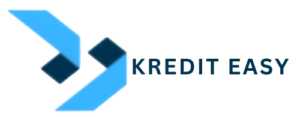Introduction to Education Loan rates
Types of Education Loan Interest Rates
A. Fixed Interest Rates
Explain that fixed interest rates remain constant throughout the loan term, offering predictability.
Discuss the pros (stability) and cons (potentially higher initial rates) associated with fixed rates.
B. Variable Interest Rates
Explain that variable interest rates can change periodically, often tied to market conditions.
Discuss the pros (potential for lower initial rates) and cons (uncertainty) of variable rates.

How Education Loan Interest Rates are Determined
A. Factors that influence interest rates.
Discuss the factors that impact interest rates, such as credit scores, market conditions, and the choice of lender.
B. The role of the base rate or index.
Explain how interest rates are often tied to a base rate or index, affecting their variability.
Federal vs. Private Loan Interest Rates
A. Explanation of federal loan interest rates
Describe how federal loan interest rates are set and their typical range.
B. Explanation of private loan interest rates
Explain how private lenders set interest rates and the variation in rates across lenders.
C. Key differences between the two
Highlight the key distinctions between federal and private loan interest rates, including borrower benefits and eligibility criteria.

The Impact of Interest Rates on Loan Repayment
A. How interest rates affect monthly payments (Keywords: “education loan interest rates,” “impact on monthly payments”)
Explain how the interest rate influences the size of monthly loan payments.
B. The long-term cost of high-interest loans (Keywords: “education loan interest rates,” “long-term cost of high-interest loans”)
Discuss the potential financial burden of high-interest loans over the loan’s lifespan.
C. Strategies for managing high-interest loans (Keywords: “education loan interest rates,” “strategies for managing high-interest loans”)
Provide practical tips for borrowers to mitigate the impact of high-interest loans on their finances.
